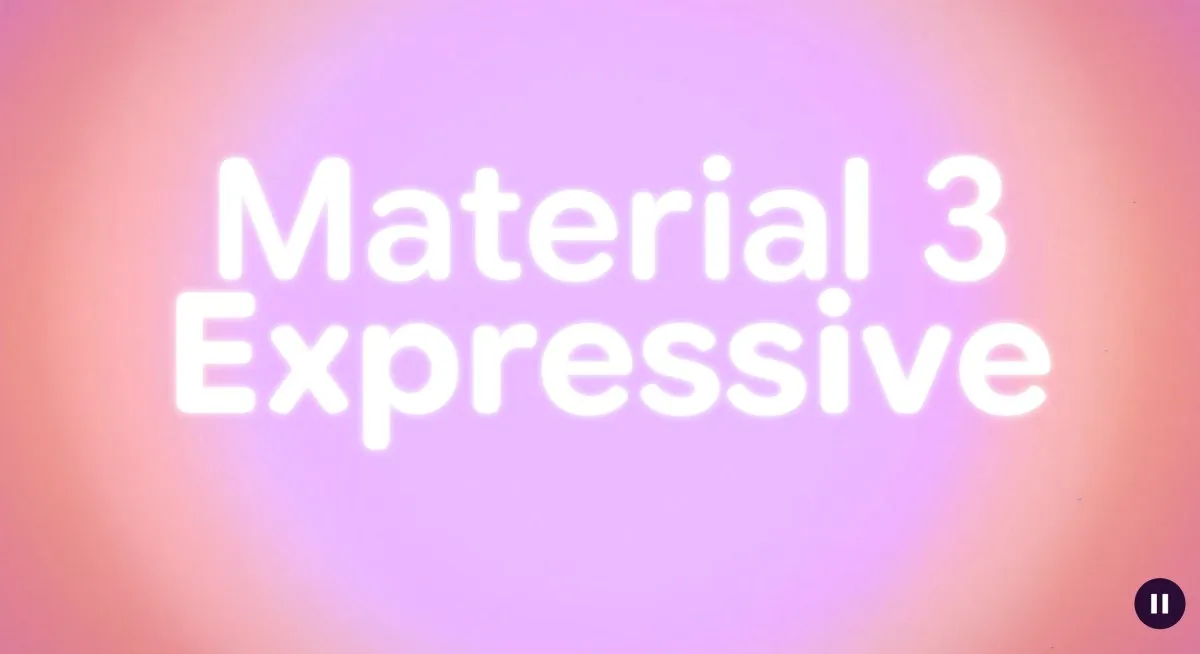
In an exciting announcement, Google is set to unveil a new version of its Android design language during the upcoming Google I/O developer conference. This revelation comes from an event schedule posted on its website, along with an accidentally published blog post that hints at significant transformations in the Android design system. The upcoming session is titled “Build next-level UX with Material 3 Expressive,” indicating a substantial evolution from the existing “Material 3” to the new “Material Design 3 Expressive.”
The leaked blog post suggests that the updated design will prioritize creating interfaces that “connect with people on an emotional level.” These updates to the design system will not only influence how app developers build applications for the platform but also how they customize user experiences, ultimately affecting the overall feel of using an Android device.
While specific details regarding the implementation of Material 3 Expressive remain scarce, the blog post provided some high-level insights. It emphasizes a “bold use of shape and color,” which aims to create delightful user experiences. First introduced in 2014, Material Design is Google’s open-source design system that offers guidelines for creating user interfaces for Android applications, focusing on visual, motion, and interaction design.
The most significant update prior to this was revealed in May 2021 as “Material You” (or Material 3), which introduced an adaptive interface that allowed users to personalize their Android experience. For example, changing the Android wallpaper would automatically update the entire color scheme of the device. While Material 3 Expressive may not represent a complete overhaul, it is expected to be an important iteration on the Material You language.
The blog post also highlighted the research behind this update, indicating that users generally prefer a more expressive design that enhances usability. This design approach emphasizes key elements and important user actions, which, as noted by Google, can lead to “significant gains in performance.” Particularly noteworthy is the observation that this type of design can also make applications easier to use for older adults, thereby leveling the playing field for users of all ages.
However, Google cautioned that expressive design is not a “one-size-fits-all solution.” Different app developers will still need to adhere to well-established design patterns and standards while customizing their app interfaces. This balance between innovation and tradition is crucial for maintaining user familiarity and comfort.
The blog post was first discovered by 9to5Google and has since been archived by the Wayback Machine. Although Google quickly removed the post, the upcoming I/O session promises to showcase the new design system. According to the session description, developers will learn how to implement “new emotional design patterns” to enhance engagement, usability, and desirability for their products.
Additionally, Google plans to provide files and alpha code during the conference, allowing developers to experiment with these changes ahead of a public release. This move underscores Google’s commitment to fostering innovation and enhancing the overall user experience on the Android platform.